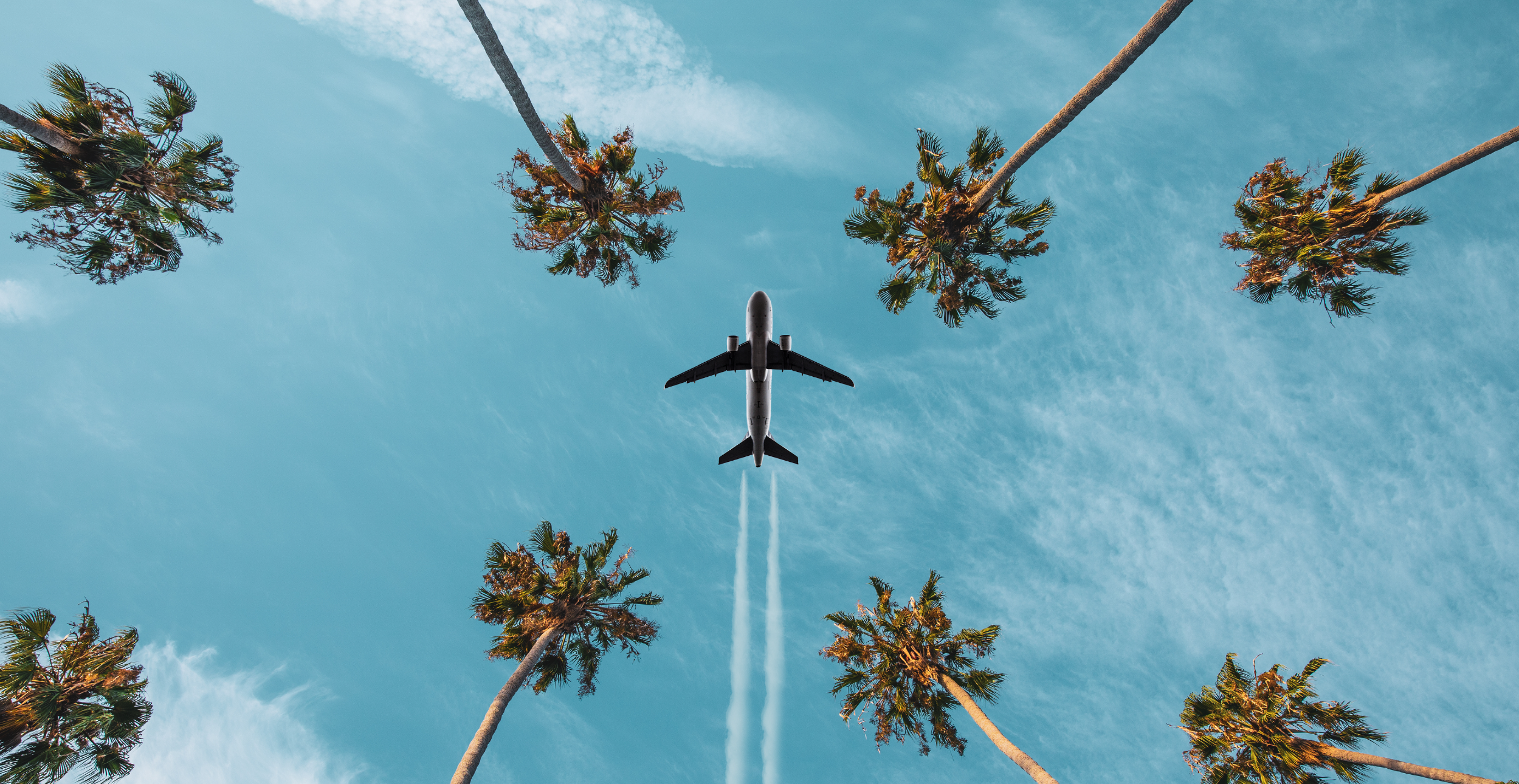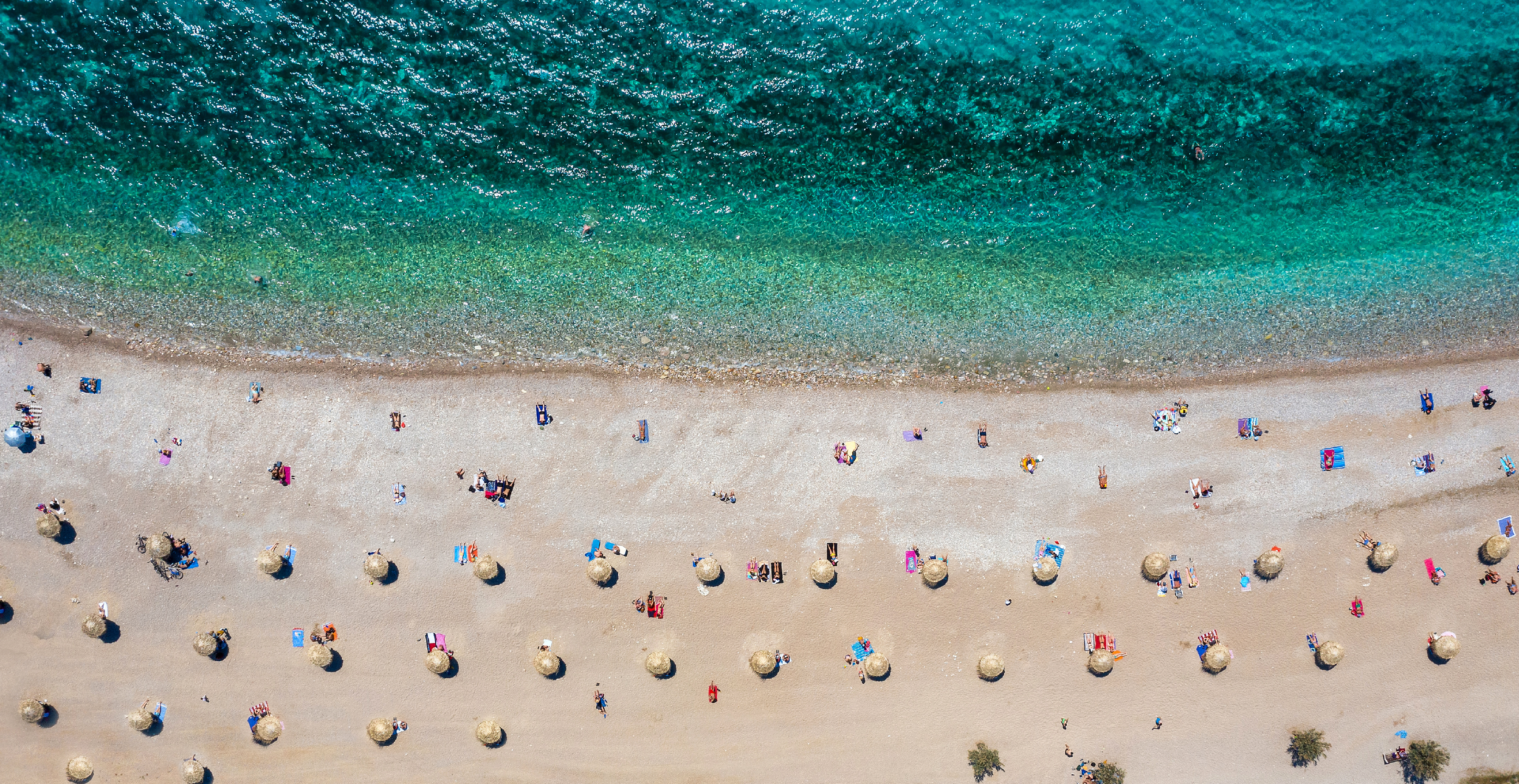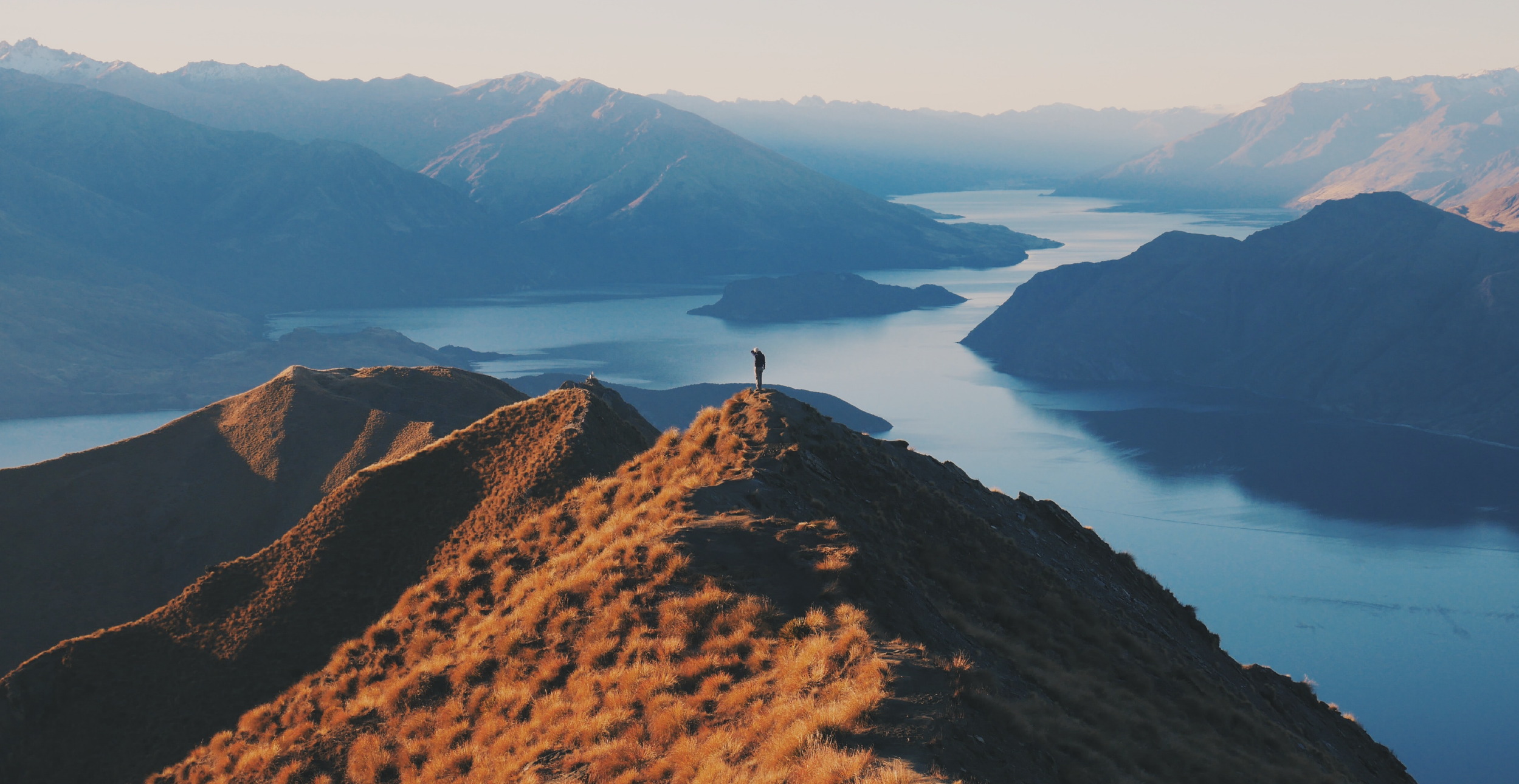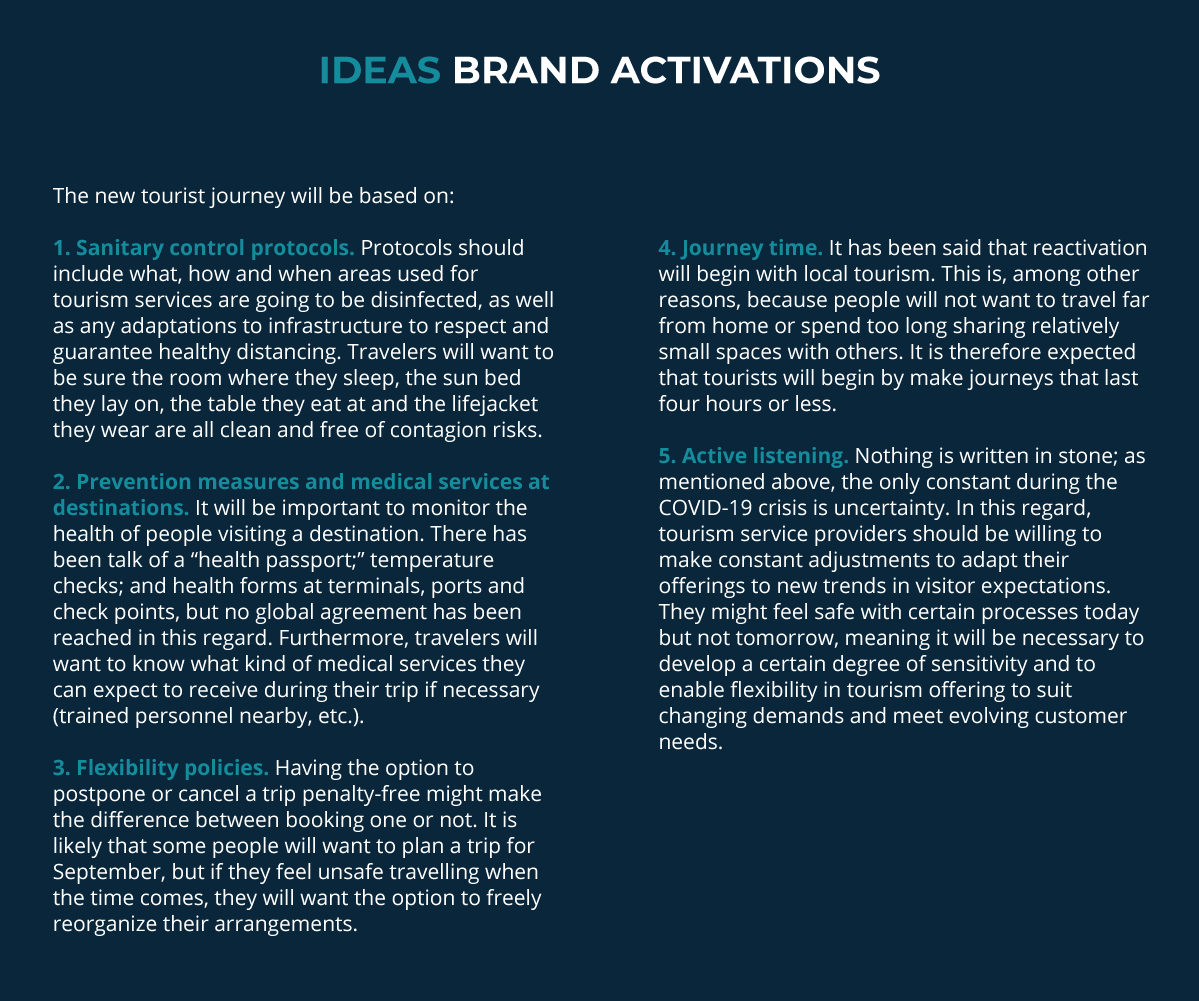-
TrendsEuropean AffairsLatin America
-
SectorTourism and Country Promotion
-
CountriesGlobalSpainMexico
The COVID-19 pandemic has thrown the world into an economic crisis of unprecedented magnitude since this era of globalization began. Governments in every country on the planet have had to adapt their social dynamics, close their borders and impose quarantines. Tourism has been one of the industries hit hardest by these various measures.
The World Travel & Tourism Council (WTTC) estimates that the economic impact on the travel and tourism industry will be five times higher than the impact of the financial crisis that engulfed the world in 2008. A total of 31 percent of tourism jobs (based on 2019 figures) are expected to evaporate, meaning 100.8 million people who depend on the industry will be left without employment. The slice of global GDP represented by tourism will also shrink by just under one-third, going from 10.3 percent to 7.2 percent.
These forecasts reflect the current situation in an industry that, according to the World Trade Organization (WTO) and the World Tourism Organization (UNWTO), stood third on the list of global exports in 2018, behind chemical products and fuels and ahead of the automotive industry and agri-food products. In the last seven years, international tourism produced more revenue than the goods export industry.
But now, this hugely significant contribution to the global economy has been enshrouded in a strong sense of uncertainty. Even so, tourism is a resilient industry that will eventually recover through collaborative effort, as well as digitalization and process innovation. 2020 will go down in tourism industry history as synonymous with challenge, learning and reinvention.


LET’ S RECAP WHAT WE’ VE LEARNED
The travel and tourism industry, which accounted for 10.3 percent of the world’s gross domestic product (GDP) in 2019 and employed 330 million people, has successfully survived regional crises stemming from events such as the terrorist attacks on the Twin Towers in New York on Sept. 11, 2001, the SARS outbreak in southern Asia in 2003 and the H1N1 flu outbreak in the Americas (mainly Mexico) in 2009, to name a few.
The common factor shared by all these cases and the situation we see today is that the challenge lies in regaining traveler confidence. However, the scenario is far more complex now for two reasons: This crisis is global, and the spread of the virus has not yet been controlled because there is no vaccine. We have seen countries around the world close their borders and lose millions of dollars in tourism. Although they have set a fine example of good management and used the lockdown period to prepare for a cautious and successful reopening, some areas have also needed to step backwards due to new COVID-19 outbreaks.
This means we face a situation of trial-and-error in which it is important to take note of all the lessons being learned along the way. So far, this crisis has taught us several things, with the following highlights:
1.We cannot entirely depend on the eagerly awaited vaccine
Travel cannot and should not depend on a large-scale vaccine, but should rather be steered by potential risk levels for travelers. Total transparency and correct communications in this regard will be key to reactivating the sector, with traveler safety as the main priority.
As stated by Gloria Guevara, president & CEO of the WTTC, a vaccine would not be so important if the world were capable of isolating people infected with the virus, as was the case during the outbreaks of Ebola, SARS and MERS. With this in mind, tourism should offer the tools it currently has access to in order to closely monitor the implementation of sanitary protocols in airports, at hotels and on tours, among other places. It should also use them to engage in active listening to meet (and possibly anticipate) the needs and concerns that will arise as we proceed.
2.Traveler loyalty is more than just how long they spend at a destination
The tourist journey begins when they seek out and choose a destination, also encompassing their experience at the airport, at the port or on the road. It continues throughout their travel experience, i.e., places, activities, accommodations, food, anecdotes, etc. Finally, it ends with the memories and feelings they take home with them after their trip.
Because of this, the tourism service providers that have spent time improving this entire process by strengthening their communication channels have seen considerable growth in their digital communities during this lockdown. Conversations in the digital world revolve around post-quarantine travel expectations, with greater interest in those destinations that have emotionally engaged with their audiences during this period of isolation.
3.We should be aware of the changes to travelers’ emotional triggers
After this crisis, the emotional triggers that drive people to travel will no doubt have changed. One hypothesis is that people will only travel to places that let them feel protected, safe and comfortable. However, technology is an essential tool for revealing tourists’ criteria when choosing one destination over another, which type of accommodation to use or which airline to fly, based on the new expectations they might have.
4.Digitalization and sustainability are important
Digital keys and records, as well as smart, personalized attention, are tools that were already being considered for the future development of this industry. However, the health crisis has accelerated their implementation in order to adapt the travel experience to new social dynamics. Making the most of technological innovations and artificial intelligence has become essential.
Furthermore, the trend toward individual and general wellbeing is here to stay. Consumers are focusing their consumption habits on personal health and ecosystems related to nature. “Wellness” and “sustainability” are concepts that will need to be placed front and center in the tourism offering.
In this regard, destinations, companies and tourism service providers will need to adapt if they want to remain competitive while offering sustainable tourism options that can help achieve the Sustainable Development Goals and build a better future for all. As stated by Zurab Pololikashvili, secretary-general of the UNWTO, “the industry needs to grow in value, and not just in volume.”
5.The importance of collaborative effort and multi-sectoral unity
The industry has seen leadership from various stakeholders during this crisis and, although there is always one institution that leads the launch of new ideas, guidelines or protocols, these initiatives have only been successfully positioned thanks to enormous collaborative efforts involving supra-national institutions, national and state governments, local authorities and private initiatives. The World Tourism Organization, European Commission, WTTC, International Civil Aviation Organization Council (ICAO), Mexican National Tourism Business Council (CNET) and Mexican National Conference of Governors (CONAGO), to mention just a few, have led various efforts to deal with this crisis. With time, we will see the fruits of their labor, but even now, they seem encouraging.
“We have seen countries around the world, although they have set a fine example of good management and used the lockdown period to prepare for a cautious and successful reopening, some areas have also needed to step backwards due to new COVID-19 outbreaks”

THE PATH TO A SUCCESSFUL REACTIVATION
Reactivating the tourism industry will require certain factors that depend on more than the travel and tourism industry. First of all, medical and health controls and their stability will come into play. Destinations will need to have hard data showing positive trends, with falling numbers of people infected, in hospital, deaths, etc.
Government support will also be fundamental to ensuring that, together with private initiatives, the tourism industry receives the funds and tools necessary for it to rebuild itself. As they are already doing, destinations will also need to find joint certification procedures to enable the implementation of standardized sanitary control protocols. This will encourage the “travel safety” concept as a new driver for the industry. Given that health authorities simply cannot monitor COVID-19 trends completely accurately due to the nature of the pandemic, it is absolutely essential for tourism service providers to create a strong framework of self-regulation.
All these factors can be used to reinvent tourism promotion strategies for the purpose of rebuilding consumer confidence in these services, thereby accelerate a recovery. One important change we will see in promotion management is an increase in coordination with local stakeholders. A destination’s reputation will greatly depend on each individual person, rather than on the authorities per se. The strategy and internal communications within the destination will be just as important as its external promotion.
“Total transparency and correct communications in this regard will be key to reactivating the sector”
Placing traveler safety at the heart of any strategy will be essential, as will focusing resources and communication channels on the three stages of the traveler journey: Planning, experience and memory. Those who want to travel should be able to do so, and those with doubts should regain their confidence from listening to the experiences shared by pioneers. The new tourist journey will be based on:
1. Sanitary control protocols
Protocols should include what, how and when areas used for tourism services are going to be disinfected, as well as any adaptations to infrastructure to respect and guarantee healthy distancing. Travelers will want to be sure the room where they sleep, the sun bed they lay on, the table they eat at and the lifejacket they wear are all clean and free of contagion risks.
2. Prevention measures and medical services at destinations
It will be important to monitor the health of people visiting a destination. There has been talk of a “health passport;” temperature checks; and health forms at terminals, ports and check points, but no global agreement has been reached in this regard. Furthermore, travelers will want to know what kind of medical services they can expect to receive during their trip if necessary (trained personnel nearby, etc.).
3. Flexibility policies
Having the option to postpone or cancel a trip penalty-free might make the difference between booking one or not. It is likely that some people will want to plan a trip for September, but if they feel unsafe travelling when the time comes, they will want the option to freely reorganize their arrangements.
4. Journey time
It has been said that reactivation will begin with local tourism. This is, among other reasons, because people will not want to travel far from home or spend too long sharing relatively small spaces with others. It is therefore expected that tourists will begin by make journeys that last four hours or less.
5. Active listening
Nothing is written in stone; as mentioned above, the only constant during the COVID-19 crisis is uncertainty. In this regard, tourism service providers should be willing to make constant adjustments to adapt their offerings to new trends in visitor expectations. They might feel safe with certain processes today but not tomorrow, meaning it will be necessary to develop a certain degree of sensitivity and to enable flexibility in tourism offering to suit changing demands and meet evolving customer needs.
“Wellness and sustainability are concepts that will need to be placed front and center in the tourism offering”

Due to the challenges and lessons learned from COVID-19, new meaning will need to be given to the tourism industry’s contribution to the global economy based on what it provides in terms of:
a. Tourism promotion
Tourism promotion will play an essential role in reactivating the industry, as it will enable destinations to reconnect with travelers. Correctly implementing a tourism promotion campaign not only builds a destination’s reputation and trustworthiness, but also generates demand. For example, Los Cabos (a luxury destination in Mexico) generates more than $11 million in economic benefits around the world through promotion.
b. Local service infrastructure
As part of the reopening process, the tourism industry has invested large amounts of money in adapting spaces to prioritize visitor health and safety. This investment has always formed part of the equation of offering quality services to visitors. However, it is now a main factor for reactivating the industry, because it will help control the spread of the virus as well as build traveler confidence.
c. Education and basic services for the population that forms part of the tourism offering in a destination
There are cities, states and countries that heavily depend on tourism activity to survive. The revenue generated through this economic activity fosters the performance and growth of various demographic indicators, such as per capita income, housing, schooling levels, etc. Unfortunately, this crisis will enable us to further analyze the direct and indirect impact the industry has on the lives of the people who form part of the tourism offering in a destination.
Now is the time for teamwork, to be creative and to strengthen communications with relevant audiences within the industry. “Relearning” is the order of the day, because the way tourism was managed just a few months ago is now out of date. If we can work together, with certainty, tourism will be one of the economic activities that will help countries around the world emerge from the financial crisis brought on by the COVID-19 pandemic.

This article has been written with the collaboration of Andrea Echavarría, Tourism junior LLYC consultant.
Authors
Anel Hernandez




